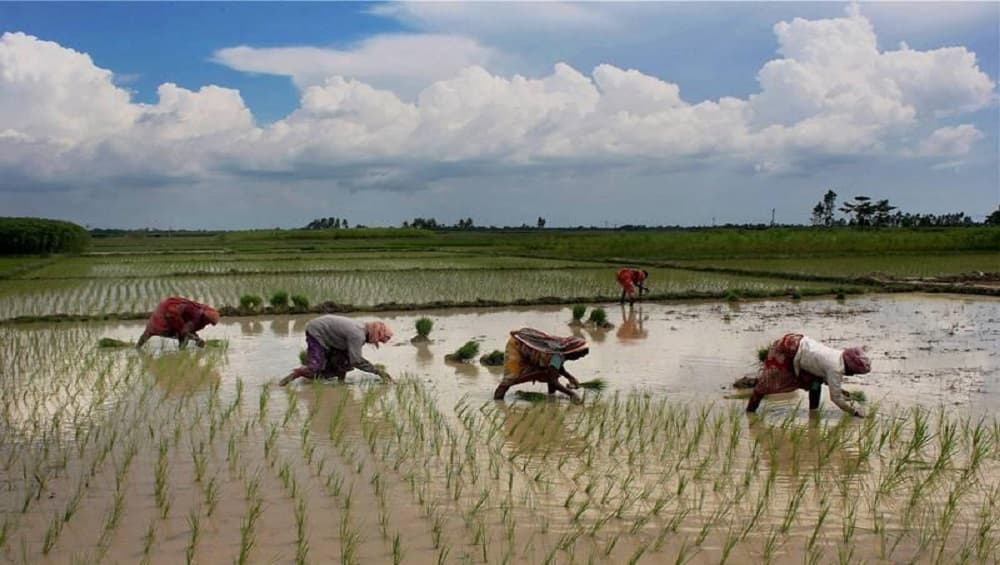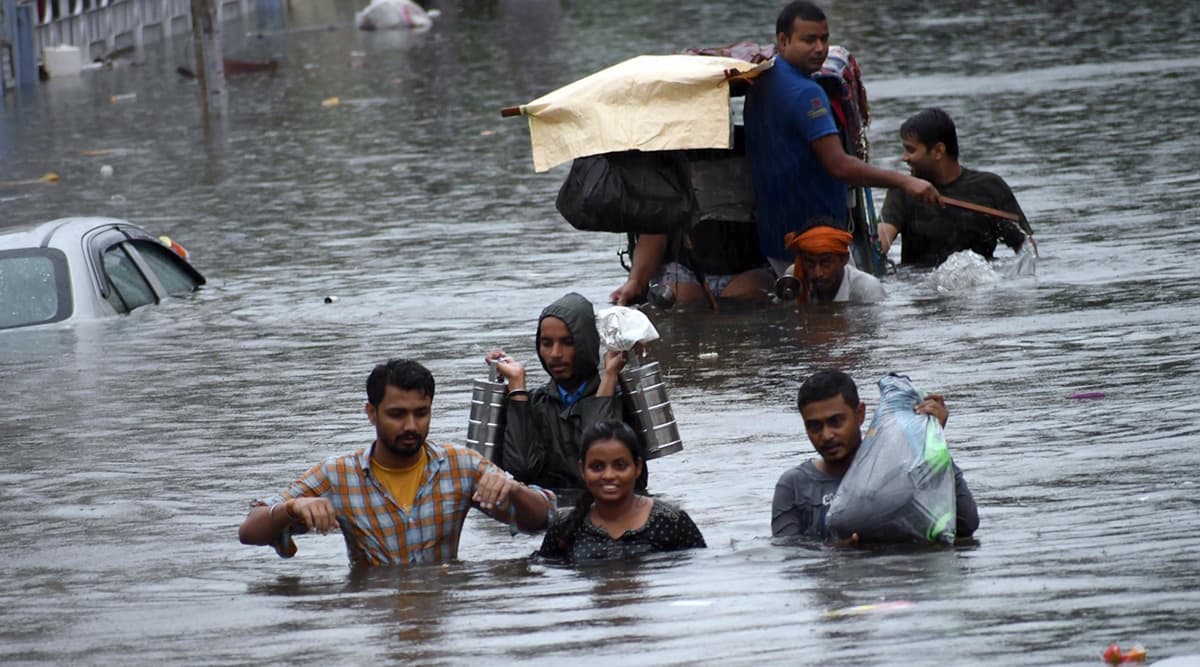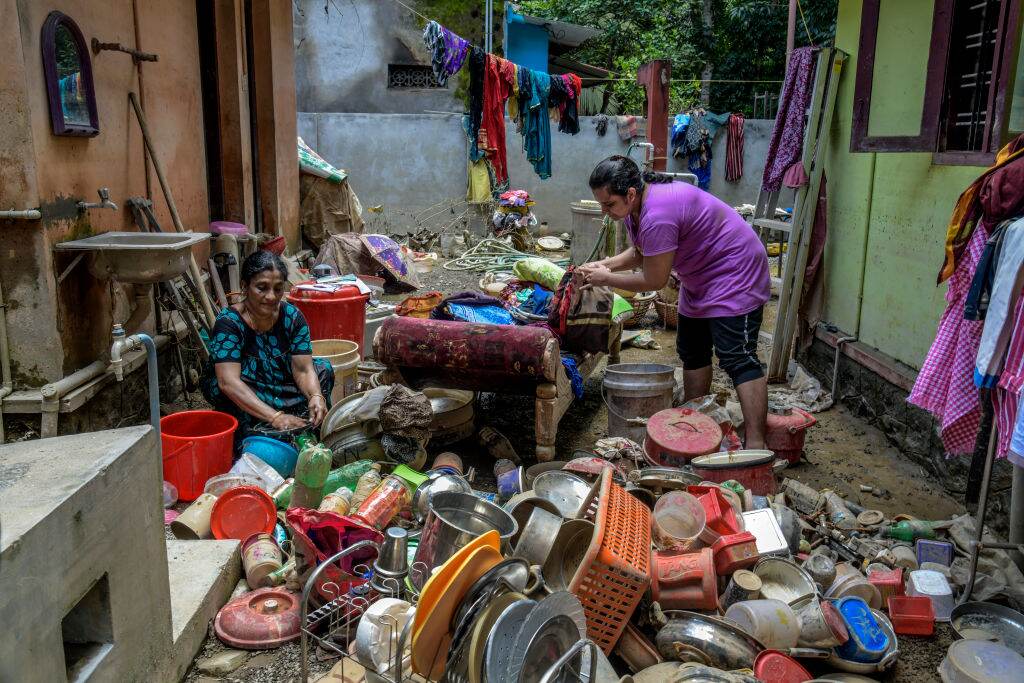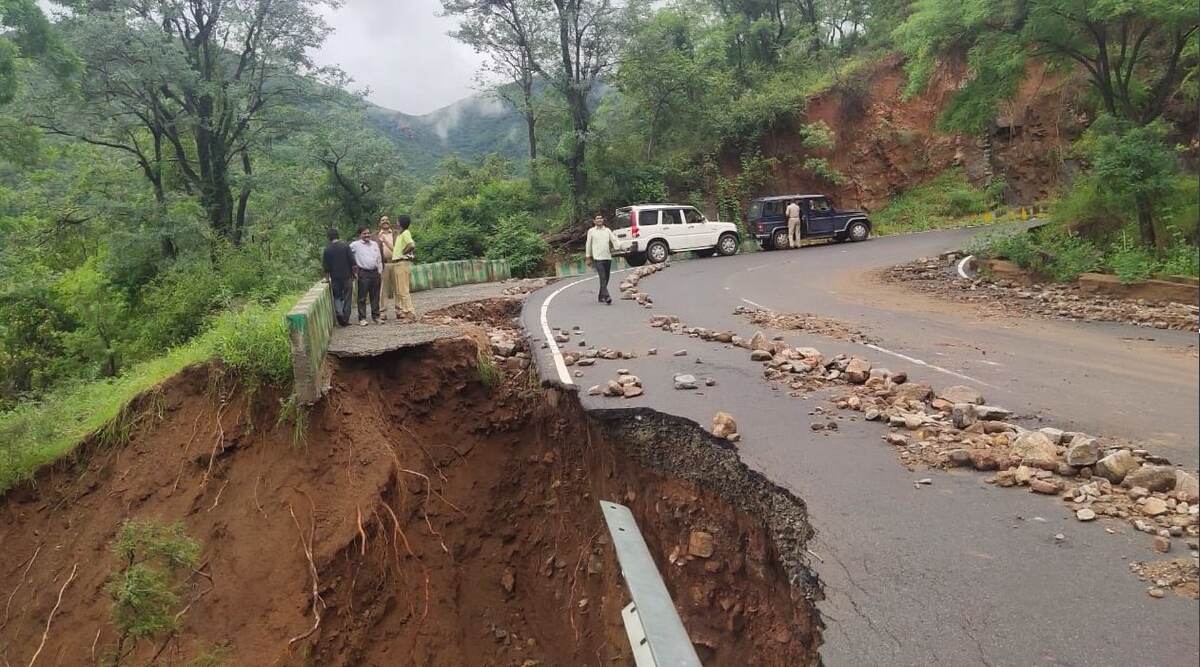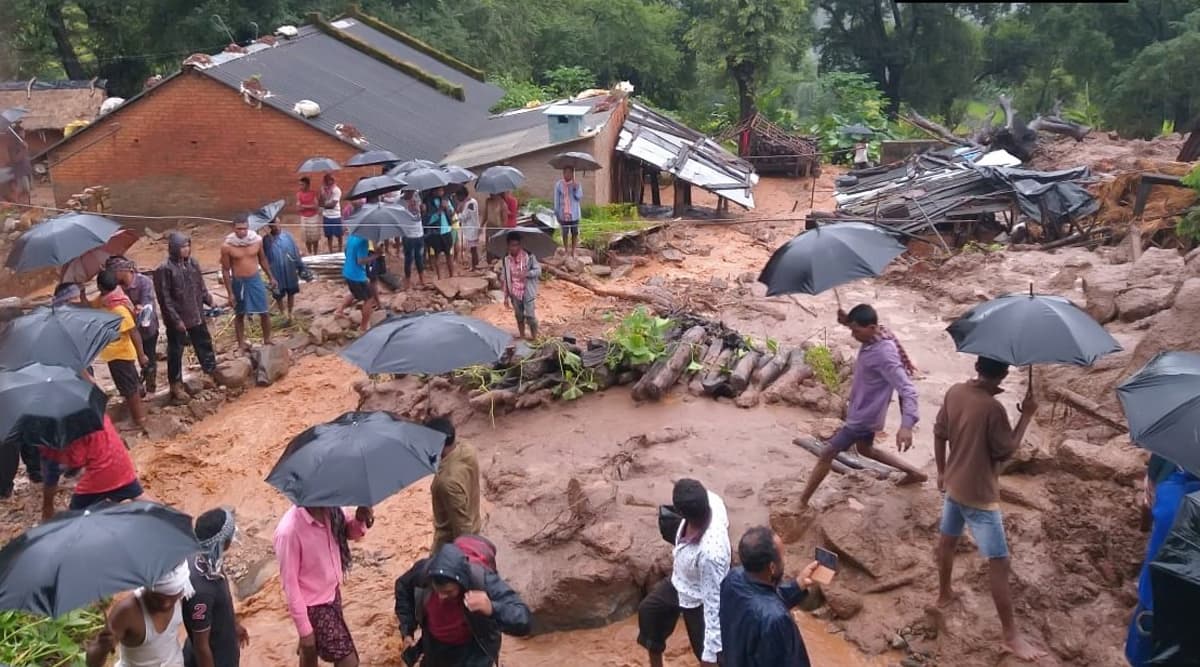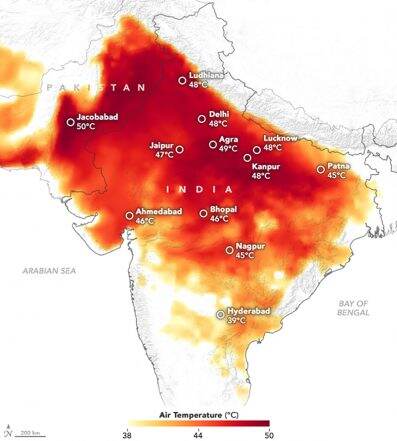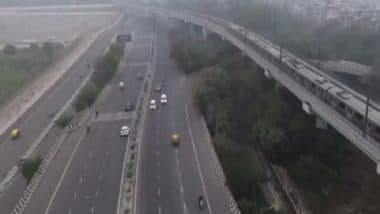2019 has been an unusual year with respect to the climate in India as the country witnessed extreme weather conditions ranging from highest monsoon in the last 25 years, heatwaves, flash flooding to intense winter spells. The extreme weather events including cyclones, floods, droughts, hail storm, heat and cold waves have been increasing mainly due population and its migration towards urban areas. According to experts, climate change is the main cause behind the extreme weather patterns in India. It is due to global warming that intense bursts of rainfall is experienced as higher temperature increases the moisture-holding capacity of the atmosphere.
The monsoon season in India accounts for around 70 percent of India’s annual rainfall, but the surplus rainfall in 2019 triggered flood-like situations in several states. Despite the late monsoon onset and large deficit of rainfall during the month of June, the seasonal rainfall ended in the above normal category with 110 percent of its Long Period Average (LPA). Monsoon rainfall during July, August and September was 105 percent , 115 percent and 152 percent of its LPA respectively.
Reports, in fact, state that flash floods this year have displaced as many as 2.5 million people across the nation. On an average, about 20 percent of the area of the country receives deficient or scanty rainfall during the monsoon season. However, the record of monsoon over the last few years has been dismal.
What is Long Period Average (LPA):
The Long Period Average (LPA) is the average rainfall received by the country as a whole during the south-west monsoon, for a 50-year period. It must be noted that based on the average rainfall over the years 1951 and 2000, the current LPA is 89 cm. The LPA acts as a benchmark against which the rainfall in any monsoon season is measured.
Deficient rainfall: A country is said to have received deficient rainfall if the actual rainfall is less than 90 percent of LPA.
Excess Rainfall: A country is said to have received excess rainfall if the rainfall is greater than 110 per cent of LPA.
Normal Rainfall: A country is said to have ‘normal’ rainfall when the actual rainfall received falls between 96 and 104 per cent of LPA.
Several states of India including Bihar, Assam, Karnataka, Maharashtra, Gujarat, Kerala, Uttar Pradesh, Uttarakhand, Punjab, Himachal Pradesh, Rajasthan, Andhra Pradesh, Madhya Pradesh and Tamil Nadu witnessed heavy rainfall during July to September 2019, which led to recurrent flooding in these states. The incessant rainfall this year killed more than 1,600 people since June, government data showed.
Reason for excess monsoon in 2019













 Quickly
Quickly










